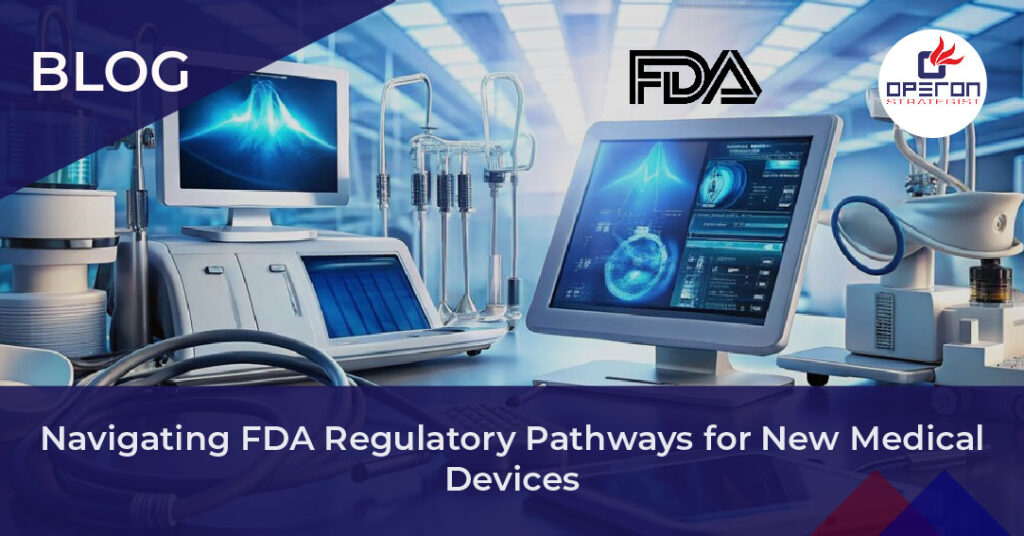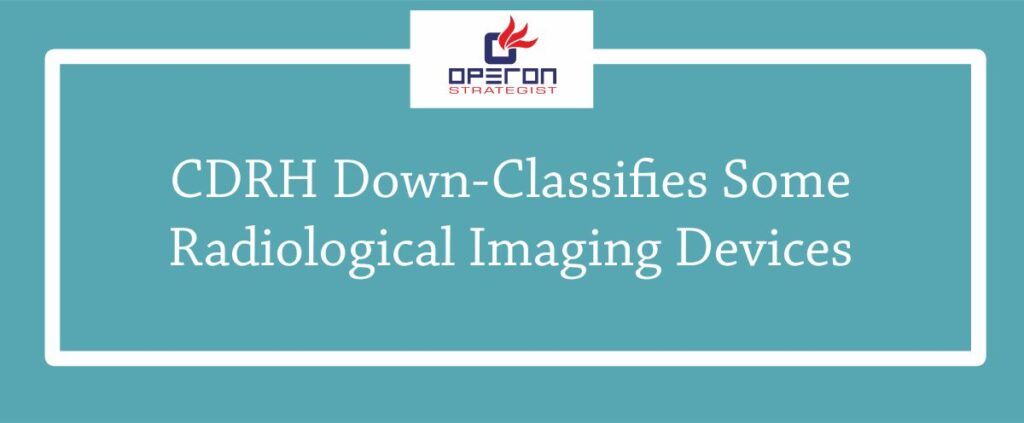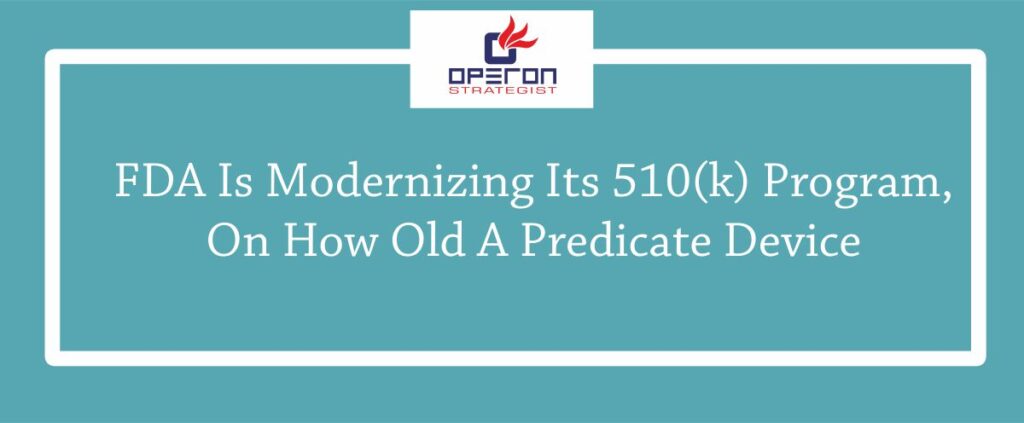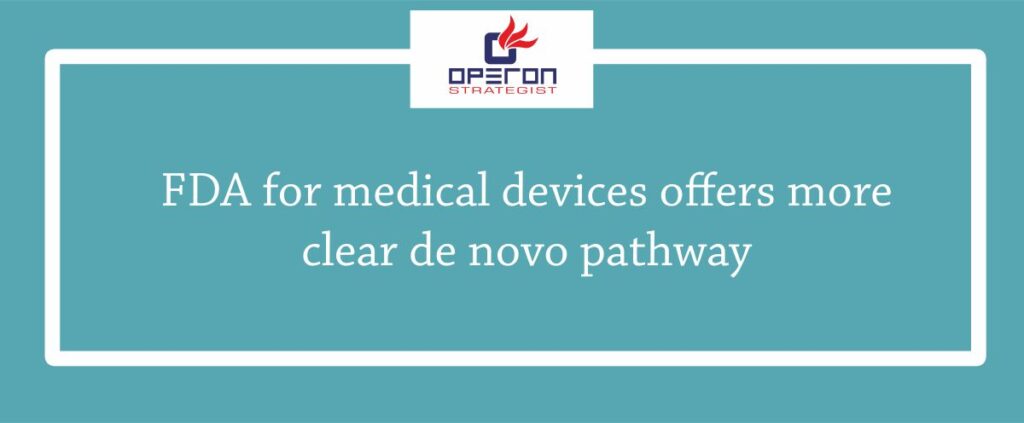Overview of FDA Regulatory Pathways for New Medical Devices
As the regulatory landscape in the UK and EU undergoes significant changes, many medical device manufacturers are shifting their focus to the U.S. market. For those unfamiliar with the U.S. regulatory environment, gaining FDA approval for medical devices may seem like a daunting task. However, understanding the appropriate regulatory pathways can streamline the process and pave the way for a successful device launch.
In this blog, we will break down the most common FDA regulatory pathways and offer insights into how manufacturers can navigate them efficiently.
Looking For a Medical Device Regulatory Consultant?
Determining Your Regulatory Pathway: Whether a Predicate Device is Available?
One of the first questions a manufacturer must ask is whether there is a predicate device—a legally marketed device that is like the new device in terms of technology, intended use, and labeling. The presence of a predicate device is a key factor in determining whether 510(k) premarket notification can be submitted. This pathway allows the manufacturer to demonstrate that the new device is substantially equivalent to an already marketed device.
To file 510(k), manufacturers must provide a comparison of the new device’s features, including labeling, indications for use, and technological characteristics. If the FDA agrees that the device is substantially equivalent to the predicate, it can be cleared for marketing without the need for additional clinical data.
Assessing Device Risk: De Novo vs. PMA
If there is no predicate device, the next consideration is the level of risk associated with the new device.
De Novo Pathway:
For devices that are low to moderate in risk and have no predicate, the De Novo classification process offers a viable regulatory route. This process allows the FDA to review the safety and effectiveness of a device based on clinical data and performance testing. Upon successful review, the FDA assigns the device a classification, opening the door for the manufacturer to submit their application.
The De Novo pathway is particularly beneficial for innovative devices that do not fit into existing regulatory classifications but pose minimal risk to patients. This route is typically faster and less expensive than the more stringent Pre-Market Approval (PMA) process.
Know more about De Novo pathway extensions.
Pre-Market Approval (PMA):
For high-risk devices or those that do not qualify for the De Novo pathway, the PMA process is required. This regulatory pathway is more rigorous and demands extensive clinical and scientific evidence to demonstrate the device’s safety and efficacy for its intended use. Manufacturers must submit comprehensive data, including results from clinical trials to the FDA for review. The FDA typically takes around 180 days to review the PMA application, although this timeline can vary depending on the complexity of the device and the quality of the data submitted.
While the PMA process can be time-consuming and costly, it is essential for high-risk devices that require thorough scrutiny to ensure patient safety.
Leveraging Pre-Submission Meetings
Although the FDA’s regulatory processes may appear complex, the agency is highly supportive of manufacturers and encourages open dialogue throughout the submission process. One of the key resources available to manufacturers is the pre-submission meeting, where they can discuss their device and proposed regulatory pathway directly with the FDA.
These meetings provide an invaluable opportunity for manufacturers to gain clarity on FDA expectations, receive feedback on their regulatory strategy, and address potential concerns before submitting their formal application. By participating in pre-submission meetings, manufacturers can significantly improve the chances of successful and timely approval.
US FDA Classification for Medical Device
The U.S. FDA classifies medical devices into three categories based on the level of risk they pose to patients and users:
- Class-I (Low Risk): These devices pose minimal risk and are often simple in design, such as bandages or tongue depressors. Most Class I devices are exempt from premarket notification (510(k)), but they must adhere to general controls like proper labeling and manufacturing practices.
- Class-II (Moderate Risk): Devices in this category, such as infusion pumps or powered wheelchairs, require more regulatory control to ensure safety and effectiveness. Class II devices typically require a 510(k) submission, demonstrating that they are substantially equivalent to a legally marketed device.
- Class-III (High Risk): These devices support or sustain life, prevent significant health impairment, or present a potential risk of illness or injury, such as pacemakers or heart valves. Class III devices generally require Pre-Market Approval (PMA), which involves rigorous testing and clinical trials to prove safety and efficacy.
Manufacturers must identify the classification of their devices early in the development process to determine the regulatory pathway for FDA approval.
Expert Regulatory Consultant for US FDA
The Role of Operon Strategist: Simplifying Your FDA Submission Process
Navigating the FDA’s regulatory pathways requires careful planning, strategic timing, and an in-depth understanding of the regulatory requirements. This is where Operon Strategist, a leading medical device regulatory consultant, can play a pivotal role. With years of experience in guiding manufacturers through 510(k), De Novo, and PMA submissions, Operon Strategist provides comprehensive consulting services tailored to the unique needs of each client.
Our team of experts works closely with manufacturers to develop a regulatory strategy that aligns with FDA requirements, ensuring that all necessary data is gathered and presented effectively. We also assist in preparing for pre-submission meetings, optimizing application timelines, and providing ongoing support throughout the approval process.
Whether you are launching a low-risk device or a high-risk innovation, Operon Strategist is here to help you navigate the complex FDA regulatory landscape with confidence.
- adminhttps://operonstrategist.com/author/admin-2/
- adminhttps://operonstrategist.com/author/admin-2/
- adminhttps://operonstrategist.com/author/admin-2/
- adminhttps://operonstrategist.com/author/admin-2/




